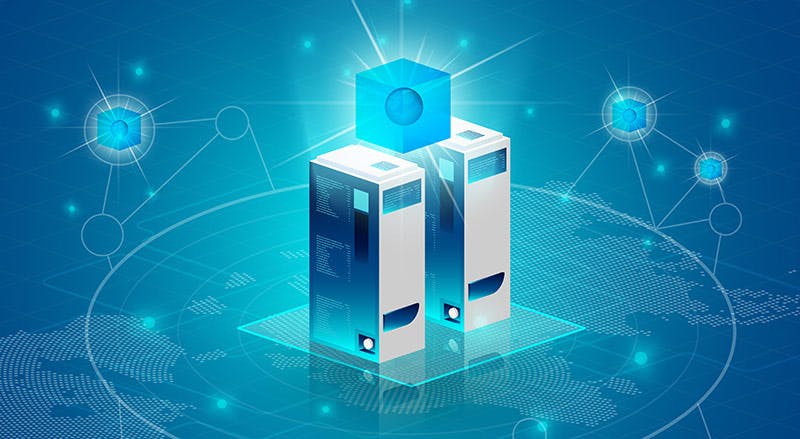🔒⛏️🌍 The complexities of mining operations are leading to rising costs. Factors such as energy consumption, hardware maintenance, and necessary upgrades all contribute to these escalating expenses.
To delve into the future of miner economics, check out the new eBook – The next era in miner economics: Embracing coopetition and infrastructure. This enlightening book was written by Bryan Daugherty (Global Public Policy Director at BSV Blockchain Association), Gregory Ward (Chief Development Officer at SmartLedger), and Kurt Wuckert Jr (Chief Bitcoin Historian at Coingeek).
The final chapter focuses on the current state of miner economics, how we got here, and what lies ahead.
⚒️📉 The current state of Bitcoin mining economics
Blockchain mining is a fiercely competitive realm, characterized as an ongoing computational arms race. The ultimate goal is to secure dominance in hash power, a crucial factor in obtaining the valuable block subsidy. Unfortunately, this focus often gives way to short-sighted, speculative thinking, a common trend in the wider cryptocurrency sphere.
Block subsidies play a vital role in leading proof-of-work blockchains like BTC and BSV. These subsidies are designed to halve every 210,000 blocks. This strategic mechanism controls token supply, promotes network security, and spurs infrastructure development. The upcoming Bitcoin halving, expected around blocks 840,000, will occur between February and June 2024. Miners currently receive a block subsidy of 6.25 Bitcoin, but after the halving, this reward will decrease to 3.125 Bitcoin.
It’s important to note that block subsidies are not infinite. These subsidies gradually diminish and will eventually cease in 2140 when all 21 million bitcoins are mined. By 2030, more than 98% of these bitcoins will have already been mined. This highlights the urgent need for miners to shift their revenue sources in the near future.
Transaction fees, traditionally overshadowed by block subsidies, have the potential to serve as a stable, long-term foundation for mining economics. Looking beyond short-term speculation, the industry must recognize the inherent value of blockchain as a data utility protocol.
🔓🚀 Upholding the essence of blockchain
As we navigate the intricacies of mining operations, it becomes increasingly important to address the mounting expenses. Factors such as energy consumption, hardware maintenance, and necessary upgrades all contribute to these rising costs. The ever-fluctuating token prices, driven by market shifts, add another layer of complexity that impacts miners’ earnings and drives their pursuit of block subsidies.
To download the eBook – The next era in miner economics: Embracing coopetition and infrastructure.
Blockchain mining economics are highly dynamic. They are shaped by the continuous advancement of hardware, software tools, and technology, the changing transaction landscape, and the growing emphasis on energy efficiency. Miners are evolving from mere beneficiaries of block subsidies into transaction processors serving a data-driven economy.
The path towards a future without block subsidies is inevitable. By adopting models that promote scalability, fair competition, and efficient transaction processing, we can pave the way for a sustainable future for miners. As miners adapt to meet new demands, they are well-positioned to unlock the vast potential of blockchain as a global data network.
Ultimately, our goal should be to uphold the true essence of blockchain – a system that values integrity, fosters collaboration, rewards efficiency, and serves as a crucial resource for businesses and users alike. By recognizing and adapting to the evolving dynamics of mining economics, we can turn this vision into a concrete reality. 🌐🔓✨

